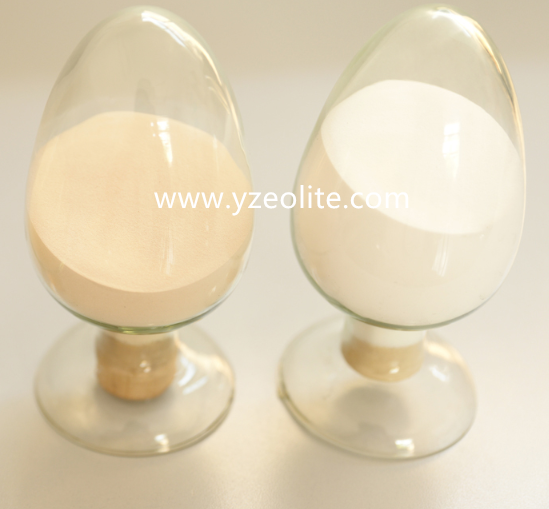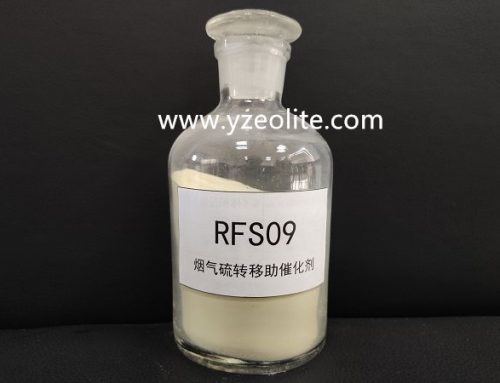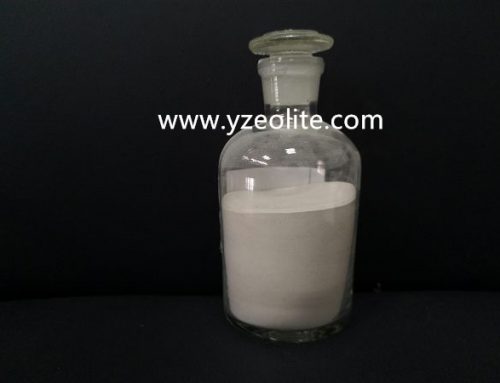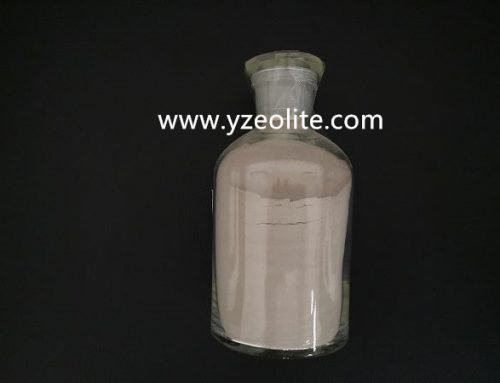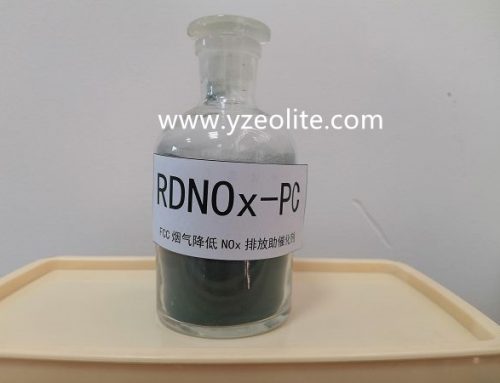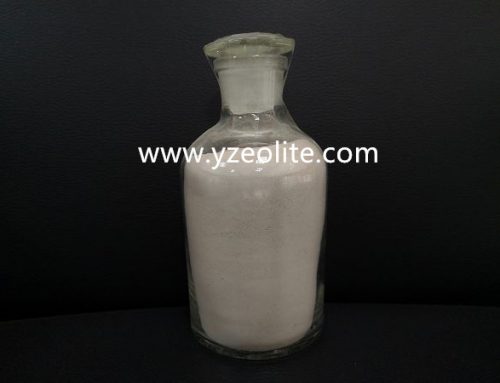Project Description
MS Gasoline Sulfur Reducing Additive FCC addtive
Applicable Scope
MS012 is an additive for reducing sulfur content in gasoline during FCC process.
Characteristics
MS012 is developed for reducing sulfur content in gasoline during FCC process. The physicochemical property of the additive is similar to cracking catalyst. It has fairly good fluidization property and appropriate cracking activity, so it can be directly blended with cracking catalyst and has no obvious negative influences on FCC operation, catalyst activity and selectivity, as well as product distribution and properties.
Design Philosophy
According to absorption and chemical reaction of sulfur compound on the additive, MS012 sulfur reduction additive performs hydrogen transfer reaction with alkenes via the Brönsted acid sites of the molecular sieve, to form the intermediate compounds like thioether or mercaptan. Then these intermediates are finally cracked to hydrogen sulphide and di-olefin, and the sulfur content in gasoline is effectively decreased.
Property
The main specification of MS012 were shown in Table 1.
Table 1 Main Specification of MS012
| Item | MS012 |
| Attrition Index, %/h | ≤3.5 |
| Apparent Bulk Density, g/ml | ≥0.66 |
| Pore volume, ml/g | 0.2 |
| Surface area, m2/g | ≥100 |
| Average Particle size, μm | 65-8.0 |
| LOI, m% | ≤13.0 |
Commercial Reference
The commercial trial of MS012 additive was carried out in refineries of SINOPEC Jingmen Petrochemical and Shijiazhuang Petrochemical. The feedstocks were both unhydrotreated and their properties during the commercial trial were shown in Table 2 and Table 3. In Jingmen Petrochemical, MS012 additive was about 10.6 wt% of the catalyst inventory after 4 months addition. Figure 1 showed that, with the addition of MS012, the S/S0 (sulfur in gasoline/sulfur in feedstock) gradually decreased by ~33 %. The end point of the naphtha was 190℃. The most challenging conditions for the application of gasoline sulfur reduction additive is encountering an E-cat with high levels of contaminating metals. In the commercial trial of Shijiazhuang Petrochemical, MS012 additive was added steadily into FCCU with 7382ppm of V and 4091ppm of Ni on the E-cat. In this trial, MS012 was added to a level of 10 wt% of the inventory. Figure 2 showed the additive achieved at least 16% reduction in naphtha sulfur corrected by the changing of feed sulfur.In addition, coke yield decreased slightly and the naphtha yield increased when compared to base case (Tables 4 and 5), negative influences on product yields were not observed.
Table 2 Feedstock Properties of Jingmen Commercial Trial
| Items | Base | MS012 |
| Residue blending ratio | 37.89 | 37.44 |
| Density (20℃ ), g/cm3 | 0.9356 | 0.9430 |
| Carbon residue, % | 4.89 | 5.01 |
| Freezing point, ℃ | 30 | 35 |
| Total sulfur, % | 0.5833 | 0.5850 |
| C, % | 88.07 | 88.29 |
| H, % | 12.93 | 12.61 |
| Ni, μg/g | 8.6 | 9.4 |
| V, μg/g | 0.83 | 1.24 |
| Na, μg/g | 3.6 | 3.2 |
| Distillation range, ℃ | ||
| IBP | 205 | 215 |
| 10 % | 360 | 370 |
| 30 % | 409 | 414 |
| 50 % | 453 | 465 |
| <500 ℃ fraction, v% | 59 | 57 |
Table 3 Feedstock Properties of Shijiazhuang Commercial Trial
| Items | Base | MS012 |
| Density (20 ℃), g/cm3 | 0.9031 | 0.8970 |
| Carbon residue, % | 4.86 | 4.40 |
| Total sulfur, % | 0.73 | 0.66 |
| Ni, μg/g | 7.4 | 2.9 |
| V, μg/g | 5.1 | 3.4 |
| Fe, μg/g | 3.9 | 6.9 |
| Na, μg/g | 0.5 | 2.1 |
| Distillation range, ℃ | ||
| IBP | 251 | 238 |
| 50% | 413 | 432 |
Table 4 Products Distribution of Jingmen Commercial Trial
| Product distribution, wt% | Base | MS012 |
| Dry gas | 5.19 | 6.19 |
| LPG | 16.40 | 18.08 |
| Naphtha | 43.93 | 45.78 |
| LCO | 22.40 | 18.66 |
| Slurry | 3.75 | 3.30 |
| Coke | 8.33 | 7.99 |
| Light ends yield | 82.73 | 82.52 |
Table 5 Products Distribution of Shijiazhuang Commercial Trial
| Product distribution, wt% | Base | MS012 |
| Dry gas | 3.93 | 4.29 |
| LPG | 14.37 | 14.55 |
| Naphtha | 39.57 | 41.62 |
| LCO | 27.75 | 26.57 |
| Slurry | 6.22 | 4.90 |
| Coke | 8.16 | 8.08 |
| Light ends yield | 81.69 | 82.74 |

Figure 1 Sulfur reduction in naphtha in Jingmen commercial trial
(S/S0 is sulfur in gasoline/sulfur in feedstock)

Figure 2 Sulfur reduction in naphtha in Shijiazhuang commercial trial
Commercial Application
SINOPEC Jingmen Petrochemical, SINOPEC Shijiazhuang Petrochemical
Products/Grades
MS011 and MS012
Email : y@yzeolite.com
